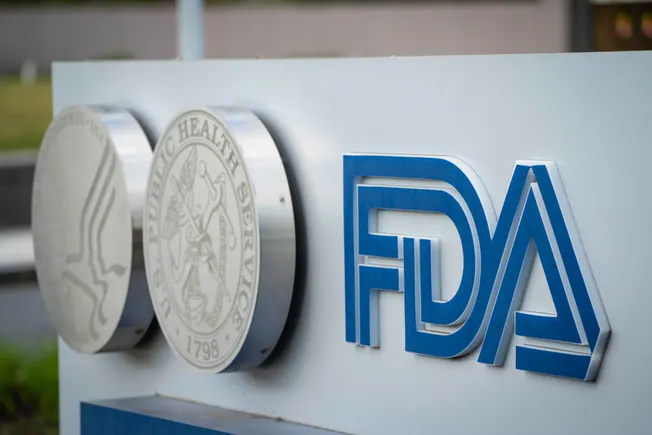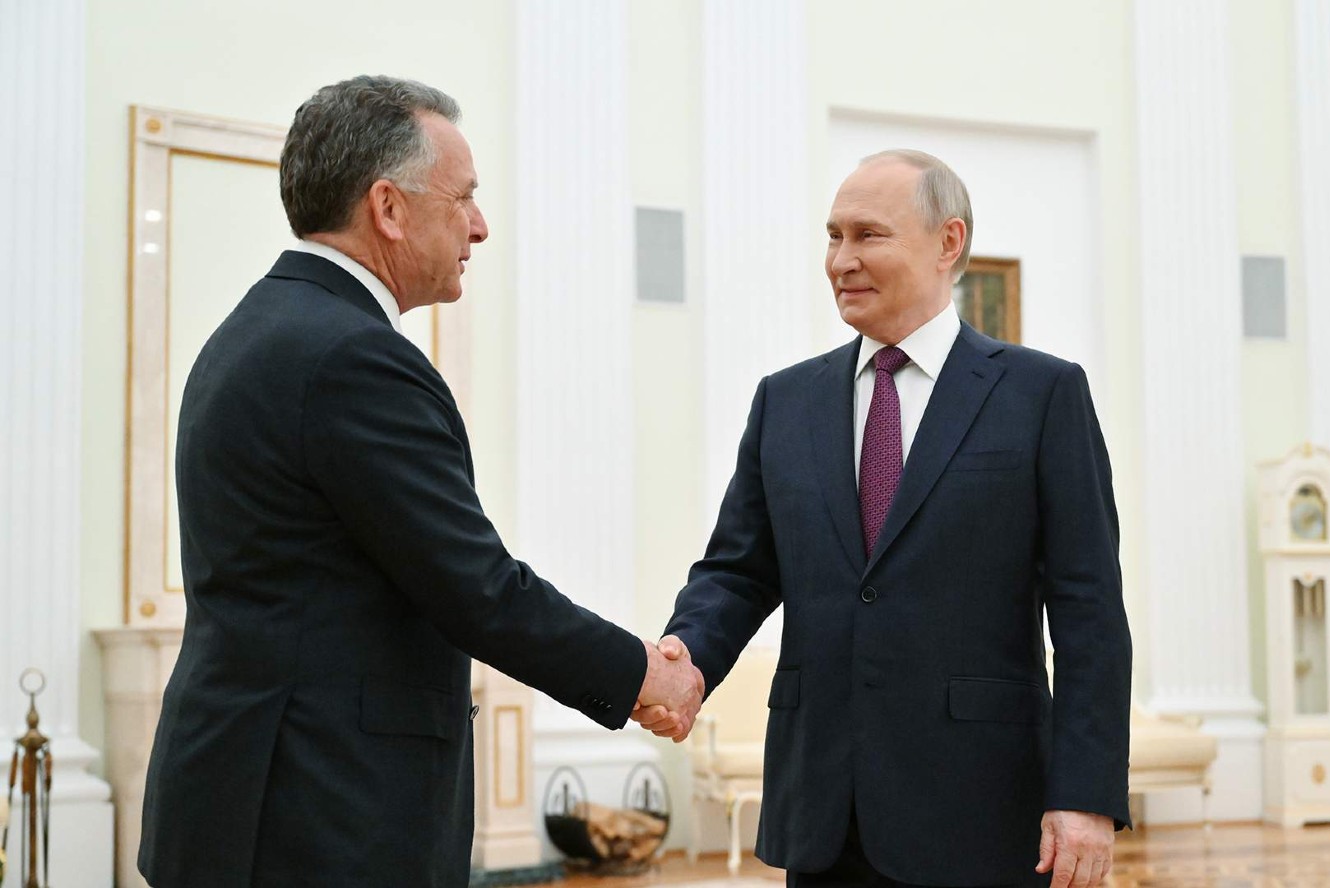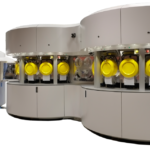A multi-strategy antimicrobial discovery approach reveals new ways to treat Chlamydia
by Magnus Ölander, Daniel Rea Vázquez, Karsten Meier, Aakriti Singh, Amanda Silva de Sousa, Fabiola Puértolas-Balint, Milica Milivojevic, Lieke Mooij, Johanna Fredlund, Eduard Calpe Bosch, María Rayón Díaz, Moa Lundgren, Karin van der Wal, Shaochun Zhu, André Mateus, Bjoern O. Schroeder, Jeremy R. Lohman, Barbara S. Sixt While the excessive use of broad-spectrum antibiotics is a major driver of the global antibiotic resistance crisis, more selective therapies remain unavailable for the majority of bacterial pathogens. This includes the obligate intracellular bacterial pathogens of the genus Chlamydia, which cause millions of urogenital, ocular, and respiratory infections each year. Conducting a comprehensive search of the chemical space for novel antichlamydial activities, we identified over 60 compounds that are chemically diverse, structurally distinct from known antibiotics, non-toxic to human cells, and highly potent in preventing the growth of Chlamydia trachomatis in cell cultures. Some blocked C. trachomatis development reversibly, while others eradicated both established and persistent infections in a bactericidal manner. The top molecules displayed compelling selectivity, yet broad activity against diverse Chlamydia strains and species, including both urogenital and ocular serovars of C. trachomatis, as well as Chlamydia muridarum and Chlamydia caviae. Some compounds also displayed synergies with clinically used antibiotics. Critically, we found the most potent antichlamydial compound to inhibit fatty acid biosynthesis via covalent binding to the active site of Chlamydia FabH, identifying a new mechanism of FabH inhibition and highlighting a possible way to selectively treat Chlamydia infections.
by Magnus Ölander, Daniel Rea Vázquez, Karsten Meier, Aakriti Singh, Amanda Silva de Sousa, Fabiola Puértolas-Balint, Milica Milivojevic, Lieke Mooij, Johanna Fredlund, Eduard Calpe Bosch, María Rayón Díaz, Moa Lundgren, Karin van der Wal, Shaochun Zhu, André Mateus, Bjoern O. Schroeder, Jeremy R. Lohman, Barbara S. Sixt While the excessive use of broad-spectrum antibiotics is a major driver of the global antibiotic resistance crisis, more selective therapies remain unavailable for the majority of bacterial pathogens. This includes the obligate intracellular bacterial pathogens of the genus Chlamydia, which cause millions of urogenital, ocular, and respiratory infections each year. Conducting a comprehensive search of the chemical space for novel antichlamydial activities, we identified over 60 compounds that are chemically diverse, structurally distinct from known antibiotics, non-toxic to human cells, and highly potent in preventing the growth of Chlamydia trachomatis in cell cultures. Some blocked C. trachomatis development reversibly, while others eradicated both established and persistent infections in a bactericidal manner. The top molecules displayed compelling selectivity, yet broad activity against diverse Chlamydia strains and species, including both urogenital and ocular serovars of C. trachomatis, as well as Chlamydia muridarum and Chlamydia caviae. Some compounds also displayed synergies with clinically used antibiotics. Critically, we found the most potent antichlamydial compound to inhibit fatty acid biosynthesis via covalent binding to the active site of Chlamydia FabH, identifying a new mechanism of FabH inhibition and highlighting a possible way to selectively treat Chlamydia infections.




















































































































































